#hispid buttercup
Explore tagged Tumblr posts
Photo
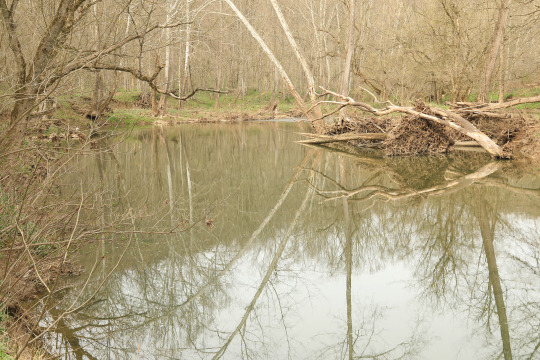
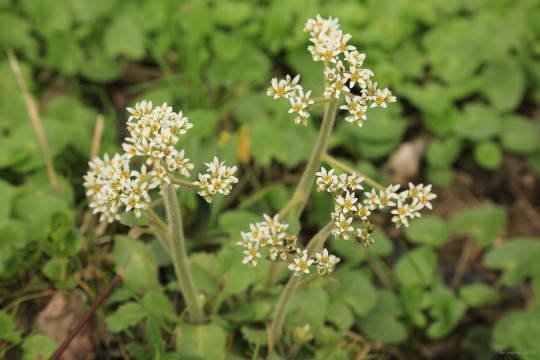

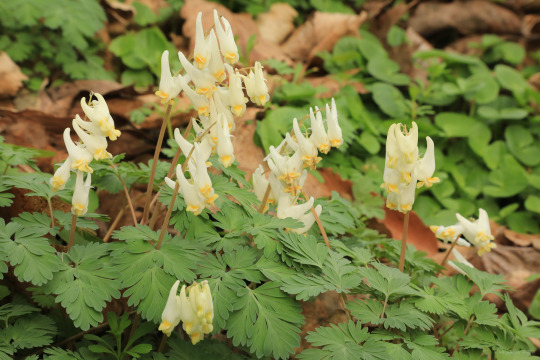

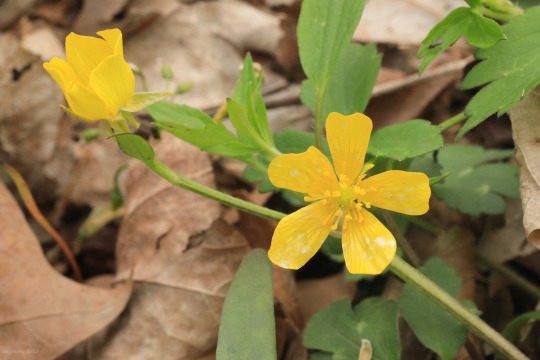

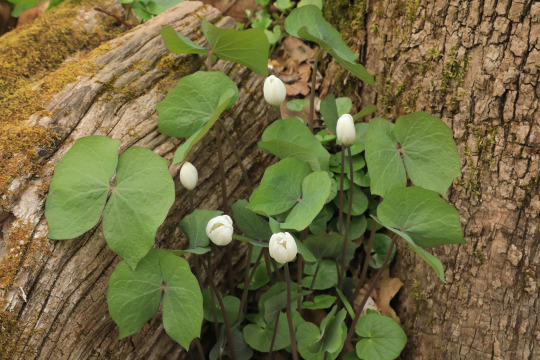

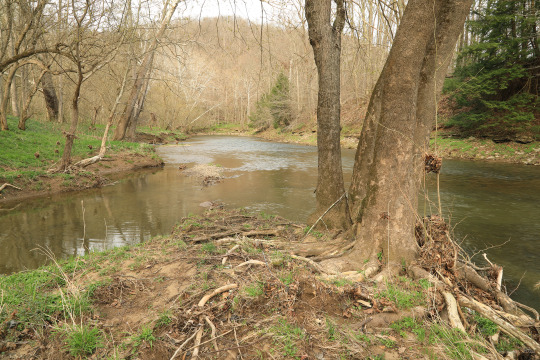
Early spring on Dunkard Creek. From top: early saxifrage (Micranthes virginiensis); great white trillium (Trillium grandiflorum); Dutchman’s breeches (Dicentra cucullaria); rue anemone (Thalictrum thalictroides); hispid buttercup (Ranunculus hispidus); red trillium (Trillium erectum); twinleaf (Jeffersonia diphylla); and Virginia bluebells (Mertensia virginica).
#appalachia#vandalia#west virginia#april#spring#wildflowers#dunkard creek#mason-dixon historical park#early saxifrage#great white trillium#dutchman's breeches#rue anemone#hispid buttercup#red trillium#purple trillium#wake robin#twinleaf#virginia bluebells
110 notes
·
View notes
Photo










Mason-Dixon Historical Park, which straddles the West Virginia-Pennsylvania state line a few miles northwest of Morgantown, protects a number of historic stone markers commemorating the most westerly reach of the Mason and Dixon survey in 1767. The expedition ended at the Catawba Trail - one branch of a much greater Native American trail system that extended from the Carolinas north through Pennsylvania - for fear of angering the Shawnee, who claimed the area as a sacred hunting ground. The site continues to yield Native American artifacts to this day. Just as important, the park is a wonderful place for a spring hike, particularly along Dunkard Creek. Among the wildflowers blooming this past weekend (top to bottom): hispid buttercup (Ranunculus hispidus), also known as bristly buttercup and swamp buttercup; white trout lily (Erythronium albidum); yellow trout lily (Erythronium americanum); smooth Solomon’s seal (Polygonatum biflorum), just starting to unfurl; blue wood phlox (Phlox divaricata), also known as wild blue phlox; Virginia bluebells (Mertensia virginica); and flowering dogwood (Cornus florida) - one of the few trees in this area to have survived the dogwood anthracnose blight of recent years.
#appalachia#vandalia#west virginia#pennsylvania#mason-dixon historical park#mason-dixon line#spring#flora#wildflowers#dunkard creek#ranunculus#hispid buttercup#bristly buttercup#swamp buttercup#erythronium#white trout lily#yellow trout lily#polygonatum#smooth solomon's seal#phlox#blue wood phlox#wild blue phlox#mertensia#virginia bluebells#cornus#flowering dogwood
72 notes
·
View notes
Photo

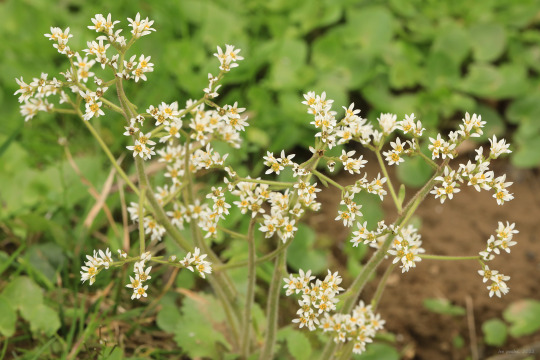



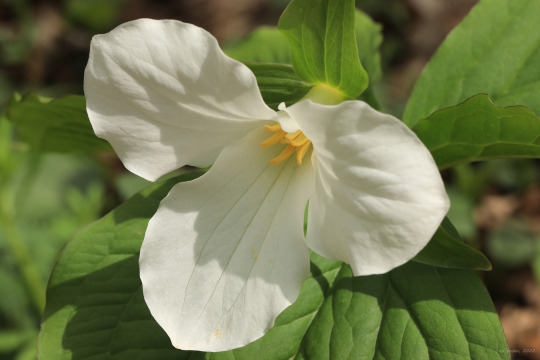
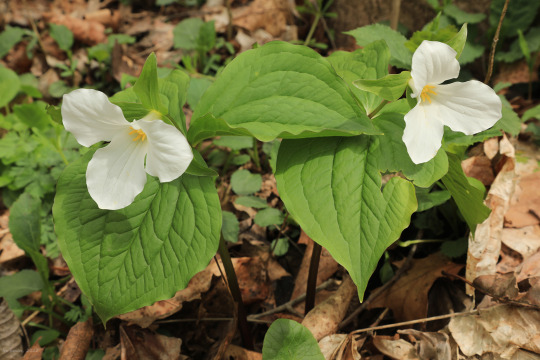

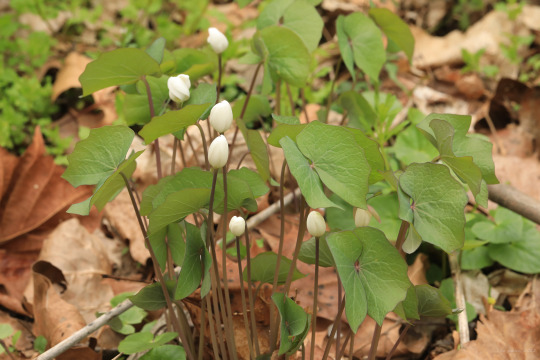

In honor of fishdetective, yet another barrage of tiny flower close-ups - courtesy of the riparian habitat along Dunkard Creek.
From top: early saxifrage (Micranthes virginiensis); azure bluet (Houstonia caerulea), also known as Quaker ladies; Dutchman’s breeches (Dicentra cucullaria); great white trillium (Trillium grandiflorum); swamp buttercup (Ranunculus septentrionalis); twinleaf (Jeffersonia diphylla); and sessile trillium (Trillium sessile), also known as toadshade and toad trillium.
Field Notes:
1. Early saxifrage is most at home in the moist cracks and crevices of rock outcroppings, but occasionally takes to streambanks. All the saxifrages are quite beautiful and many are edible, although somewhat bitter-tasting.
2. Although botanists dispute whether or not swamp buttercup is a distinct species from hispid buttercup (Ranunculus hispidus), both plants are capable of producing striking pops of yellow color along seeps and springs from mid-spring to early summer. Our native buttercups can be distinguished from the infamously-invasive creeping buttercup (Ranunculus repens) by their upward growth habit, more deeply-cleft leaves, and lack of white blotches on the leaves.
3. Easily identified by its twin-lobed leaves resembling angel wings, twinleaf is one of Appalachia’s most unusual wildflowers. The plant’s fragile, white flowers have a very short bloom period (less than a week), in part because the petals are easily blown apart by the slightest breeze. Twinleaf is extremely picky about where it grows and is becoming increasingly rare throughout its range.
4. How could you not love a plant with the name of “toadshade”? I always lift the bracts just to check.
#appalachia#vandalia#west virginia#pennsylvania#spring#flora#wildflowers#dunkard creek#mason-dixon historical park#micranthes virginiensis#early saxifrage#early small-flowered saxifrage#houstonia caerulea#azure bluets#quaker ladies#dicentra cucullaria#dutchman's breeches#trillium grandiflorum#great white trillium#ranunculus septentrionalis#swamp buttercup#jeffersonia diphylla#twinleaf#trillium sessile#sessile trillium#toadshade#toad trillium
182 notes
·
View notes